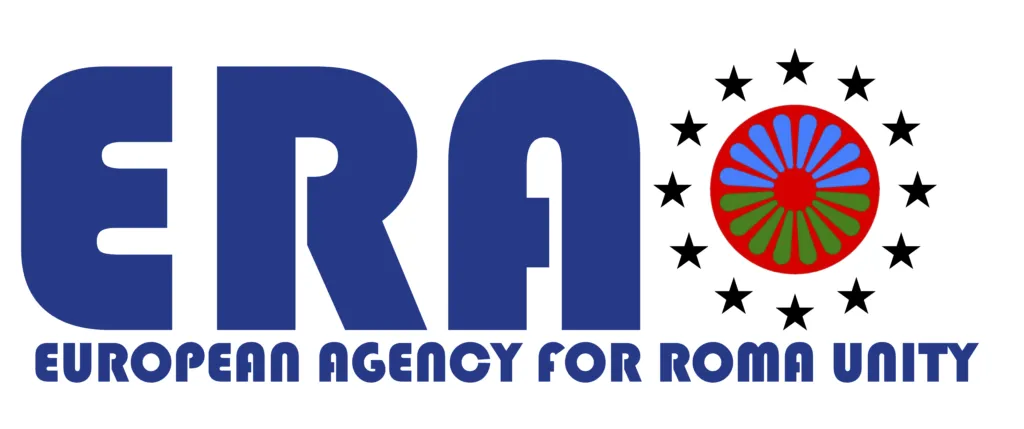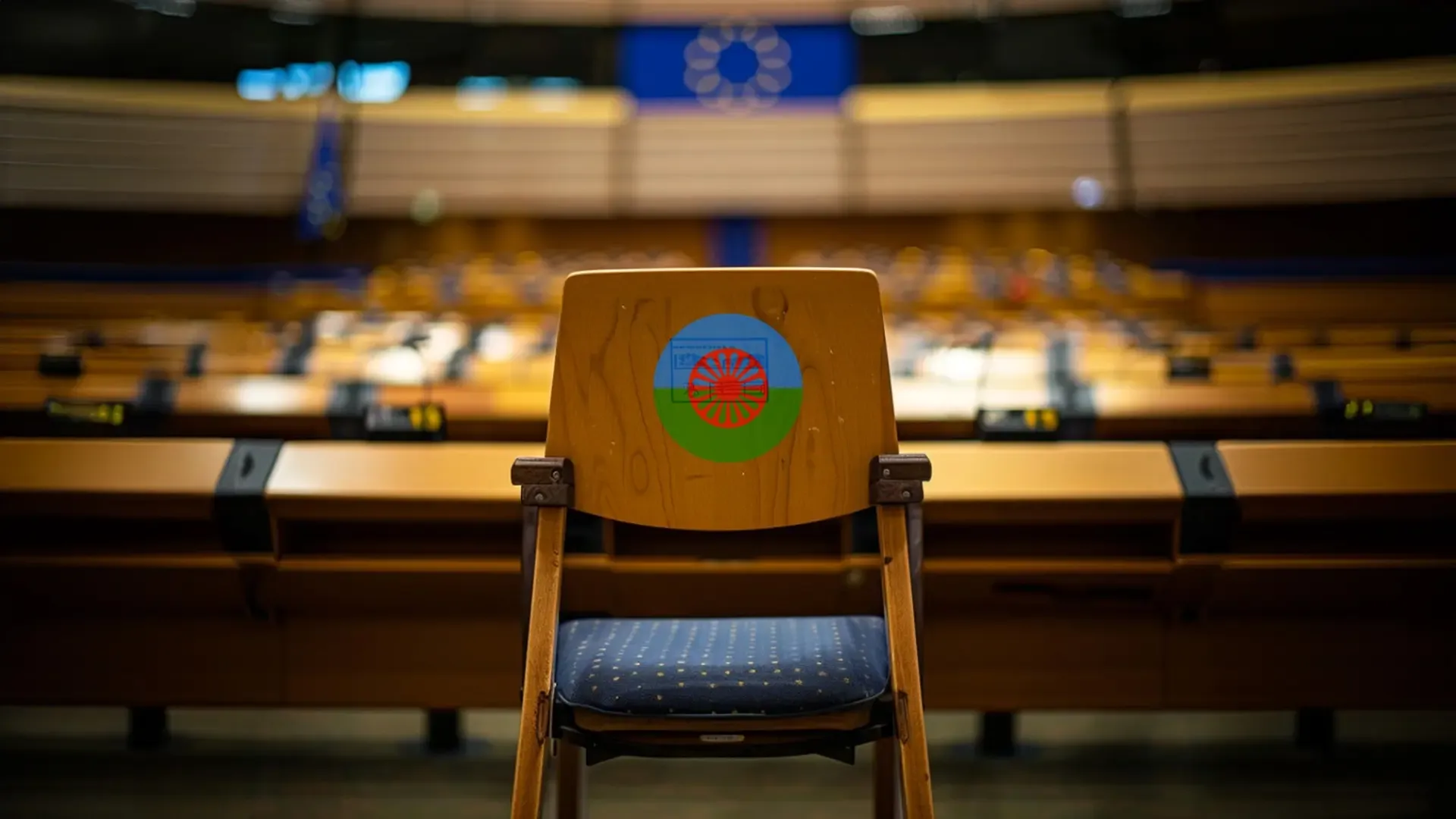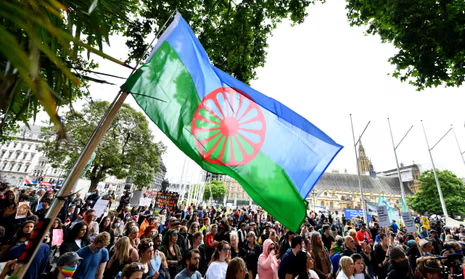On 8 April, Roma people, the largest ethnic minority of EU, celebrated the International Roma Day. This is a day to celebrate Roma culture, history and language, and to raise awareness of the issues Roma people still face.
This day should serve as a reminder that Roma people – as the largest European ethnic minority – have contributed to Europe’s diversity and enriched our heritage for centuries. However, many of the 10-12 million Roma people in Europe still suffer from poverty and exclusion. The existence of widespread antigypsyism reinforces and aggravates their economic and social deprivation. These inequalities persist despite ongoing efforts at national, European, and international level to tackle prejudice and discrimination.
Experience with Roma inclusion actions shows that long-term change in any of the policy areas requires tackling antigypsyism and discrimination towards Roma people. To succeed, Roma inclusion actions in all policy areas must be linked to common values and include awareness raising among the public.
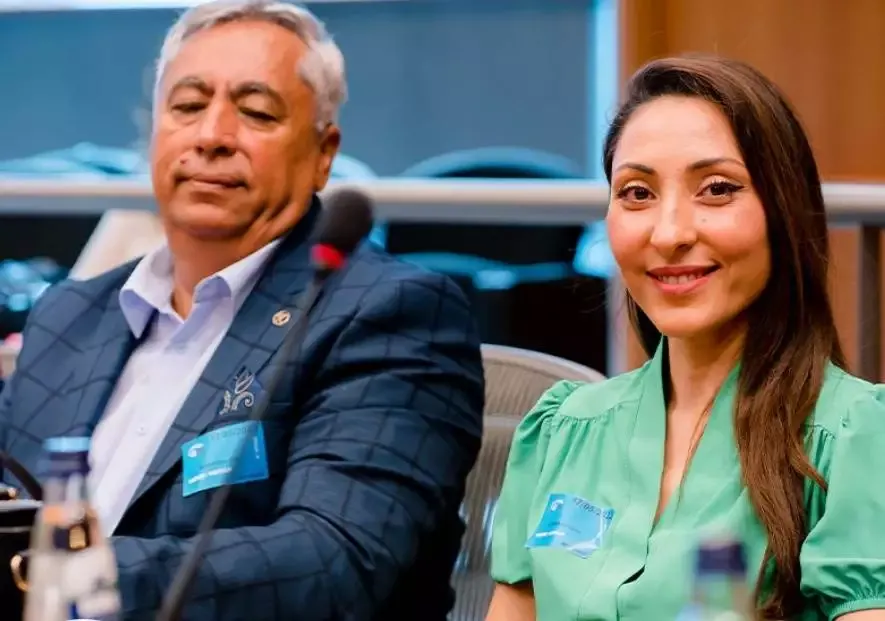
To fight stereotypes, hate speech, and hate crime it is necessary to develop and implement legislation, but also to build positive narratives among mainstream society and strengthen Roma identity, via specific targeted and binding measures to ensure equality and inclusion, to fight antigypsyism and promote recognition of Roma history (including the Holocaust). The day is also a moment that invites us to look back and remember the first World Roma Congress, near London, in 1971, and the dream of our ancestors, who demanded nothing more, nothing less than equality.
It is important to celebrate achievements, even if they are few, but the most important thing is to recognize all of us, both Roma and non-Roma people, failures, mistakes, as a precondition to move forward, successfully, and especially to meditate to the real situation of the Roma people. I am referring to the 80% of them who live in poverty, without electricity, water, sewerage, without equal access to educational or health services and who live, most of the time, on the outskirts of cities, villages, communes, in unhealthy, inhuman conditions.
What future can have children growing up in an environment that only offers them anti-role models and the hard fight for survival, by any means? The only solution is in unitary, coherent, realistic policies at European, state and, especially, local community level.
For example, in September 2020, the European Parliament adopted the historic resolution which calls on member states to allocate an adequate budget to the needs of Roma inclusion, for the implementation of the national strategies.
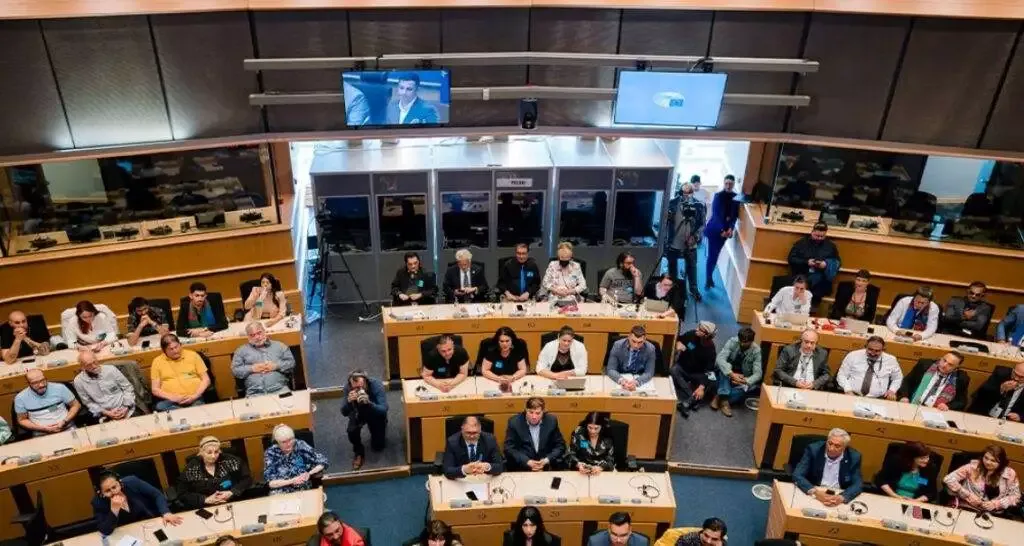
EU has a Roma framework since 2011 and proposes clear measures to improve the situation of the Roma people in all areas of public life, such as: education, health, housing and employment. However, very little has changed. Why? Because a strategy without a budget remains a simple document, like so many others, without implementation. In addition, the responsibility for implementing Roma policies must become the responsibility of town halls, local councils and not just the activity of NGOs, which, despite their efforts, is often temporary effective in real life in communities, because it lacks the long-term sustainability.
The starting point is the immediate responsibility of the Member States for the implementation and control of concrete actions at the level of local communities. Europe has a huge chance for the development of all disadvantaged communities through the Recovery and Resilience Mechanism. Roma communities should not be ignored when governments design infrastructure investments or measures for community development. Only in this way will the situation of Roma people be better, the gap between them and the rest of the citizens can be reduced, and the situation of our societies will be brighter.
We are European Roma people. Equal and diverse and we have rights, human rights!
OPRE ROMA! Sastipen thai lachipen te del tumenghe o Devel!
